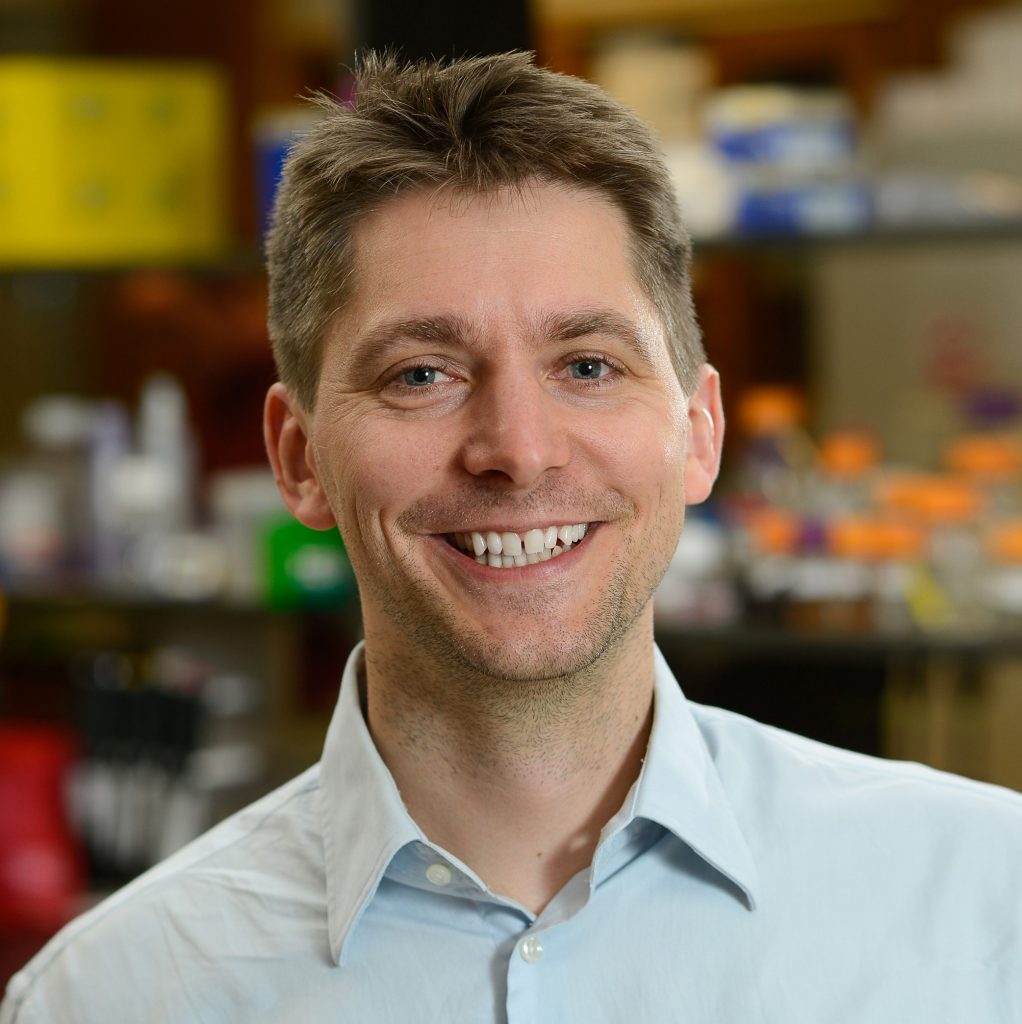NSF – REU Mentors & Projects

Epigenetics, toxicology and liver lipid metabolism.
How do epigenetic mechanisms in the liver regulate gene transcription and ultimately liver function? Little is known about the role of epigenetic mechanisms in liver function and lipid metabolism. Students in the Cowley group will use external triggers to perturb the epigenome of the liver and interrogate its relationship to the transcriptome.

Metagenomics and caviar science.
Since caviar is a “living food” comprised of fish roe, salt, fungi and bacteria, the Reading group intends to characterize the microbial communities present by metagenomic analysis. The project is an exciting one that bridges food science, basic ecology, and fisheries science. Little is known about the colonization of microbial flora on fish eggs. The research goal is, in part, for students to discover the microbial communities that naturally live in raw and preserved sturgeon roes (caviars) and also, more generally, to understand the microbes that live on fishes. How are they transferred to the eggs once they are laid or harvested (i.e., do they live on the fish or elsewhere)?

Transcriptomics and the role of single-minded neurons in energy balance.
A team of two students will join the Estes’s group to understand how single-minded neurons in the fruit fly brain regulate energy balance and longevity in the fly. Preliminary results show that silencing single-minded neurons with tetanus toxin causes flies to increase food intake as larvae and become obese as adults. This results in a unique microbiome and these flies die ~10 days after reaching adulthood, whereas control flies live ~30-60 days. Students will identify transcriptional differences between wild-type flies and flies with silenced single-minded neurons throughout development. In addition, students will examine the effect of diet and genotype on the microbiome during the lifetime of the flies using metagenomics.

Transcriptomics, bio-based fuels and thermophile metabolic engineering.
Thermophilic microorganisms, which grow optimally at high temperatures–at or above 70°C– have been studied for decades because of their unique ability to thrive in extreme environments. The rise of new genetic engineering tools has greatly expanded the potential use of thermophiles for the production of bio-based fuels and chemicals. The BIT SURE student team will focus on metabolic engineering of two extreme thermophiles: Sulfolobus acidocaldarius (Topt 75°C, pHopt 3.0) and Caldicellulosiruptor bescii (Topt 75°C, pHopt 6.5). Each student will manipulate a single thermophile, yet both students will assess and compare the impact of metabolic engineering using RNA sequencing technology.

Genomics and mitigation of climate change in forest ecosystems.
Conifers are keystone species in northern hemisphere forest ecosystems, and are affected to varying degrees by climate change. A better understanding of adaptive genetic variation will be critical to management of forest ecosystems in the face of climate change and shifting patterns of insect pest and disease pressure. Over the last decade, genome assemblies have become available for several species of conifers through enabling NGS methods. The challenge now is to explore these large, complex genomes to test for sequence variants associated with resilience to environmental stresses. Through an integrated research program utilizing sequencing technologies and analysis of the resulting datasets, students will help the Whetten lab work towards mitigating effects of climate change on forest ecosystems.

The Lorenzen lab is part of Team Maize Hopper, a science-fictiony project aimed at turning an insect pest into an ally through genetic engineering. To gain insight into one of these pest species, Peregrinus maidis, we have performed high throughput sequencing to obtain both genomic and transcriptomic data. However, despite only cursory analysis, we’ve discovered a big mystery. While we know P. maidis has a relatively small genome, long-read sequence data from the PacBio Sequel machine generates ~10x less coverage than expected. Students opting to work on this project would be encouraged to help solve the mystery of where the extra DNA is coming from. Is it from an endosymbiotic bacterium, a virus, plant material the insects have fed upon or a combination of these? Students would also have the opportunity to assist with annotating transcriptomes, identifying differently-regulated genes, and writing a manuscript which we plan to submit in early fall. Since the lab’s overall goal is to generate transgenic plant hoppers, students would also have the opportunity to assist with annotating transcriptomes, identifying differently-regulated genes, and writing a manuscript which we plan to submit in early fall.

Microbial biodegradation of toxic organic contaminants in polluted groundwater.
These contaminants often occur at very low concentrations (micrograms per liter) that are too low to support bacterial growth. To bioremediate these pollutants, readily biodegradable gaseous hydrocarbons are often added to promote the growth of bacteria that then “fortuitously” biodegrade the contaminants. These stimulants can be either individual gases or gas mixtures and can be adapted to address different suites of ground water contaminants. We are interested in using NGS and modern proteomic methods to identify and quantify the microorganisms and specific enzymes that are stimulated by different gas treatments and to use this information to optimize in situ bioremediation processes.

Microbial ecology of fermented foods.
Humans have used lactofermentation to preserve foods for thousands of years, and fermented foods have become increasingly popular for their flavor and health benefits. Yet little is known about the microorganisms that enrich and preserve fermented foods. Which microbes transform the foods we eat, and how do fermenting communities change over time? To answer these questions, students will sample sourdough starters grown from 6 different types of flour to characterize succession in microbial communities across a variety of substrates. Students will also get hands-on experience using cutting edge bioinformatics tools to analyze amplicon sequencing data collected from kimchi, chow chow, and kombucha. These experiments are part of a broader set of projects in the Dunn lab that seek to use ecological and evolutionary theory to find the values of species in everyday environments. Your involvement in this research will help to improve our understanding of the factors that affect the flavor, shelf life, and health benefits of fermented foods

Metagenomics and metaproteomics to study plant microbiomes.
Microbial communities associated with plant roots impact plant growth and health. These root-associated microbiomes could potentially be used to improve crop yields in agriculture, while at the same time decreasing pesticide and fertilizer use. To foster beneficial microbiomes in agricultural settings, we need to understand how the many microorganisms in these communities interact among each other and with the plant. The research goal is for students to use sequencing-based and proteomics based approaches to identify and quantify microbial community members in different plant growth stages and under differing environmental conditions to address questions such as: What effect does the plant have on microbe recruitment to the root? Which microbes confer beneficial effects under what environmental conditions? How can we increase persistence of beneficial microbes inoculated onto seeds prior to planting?